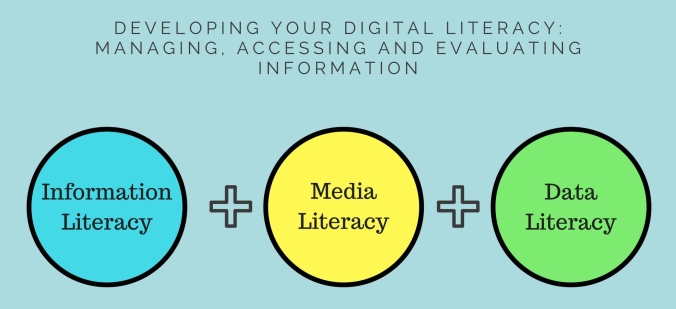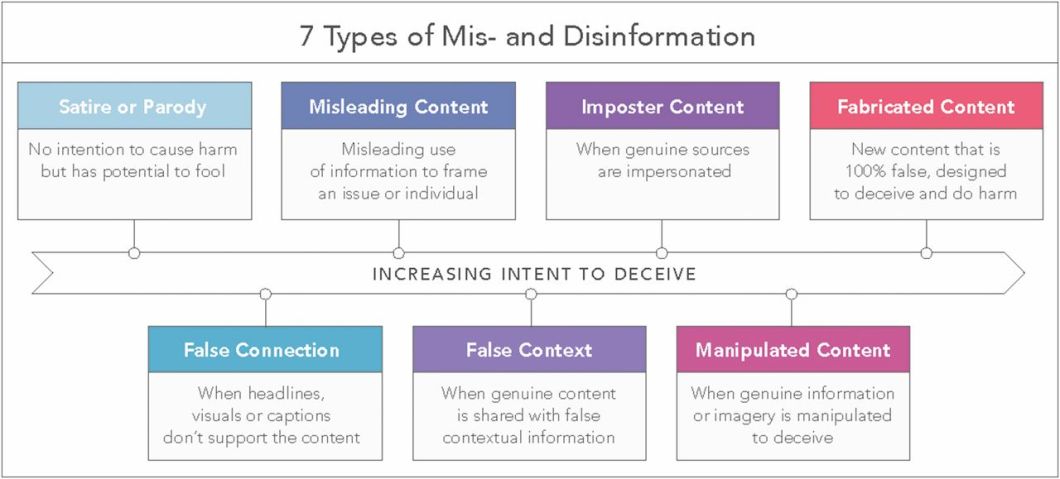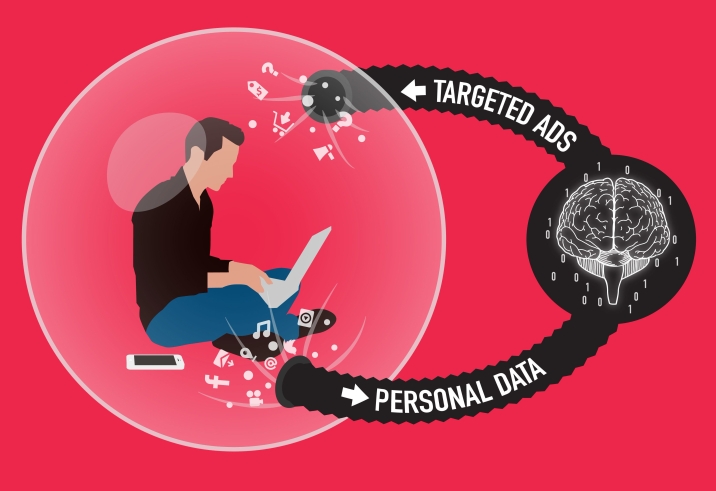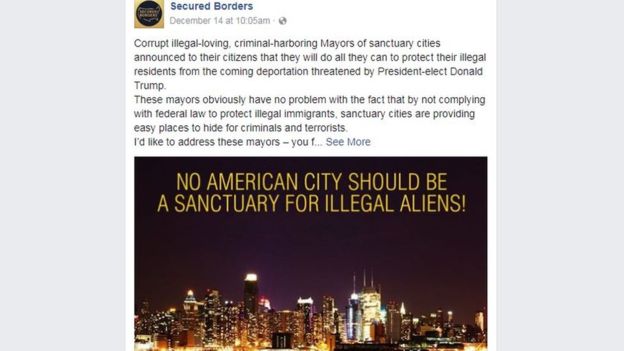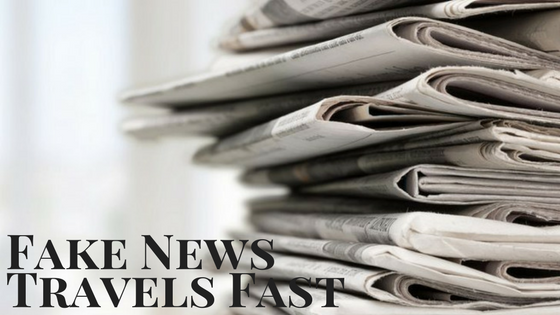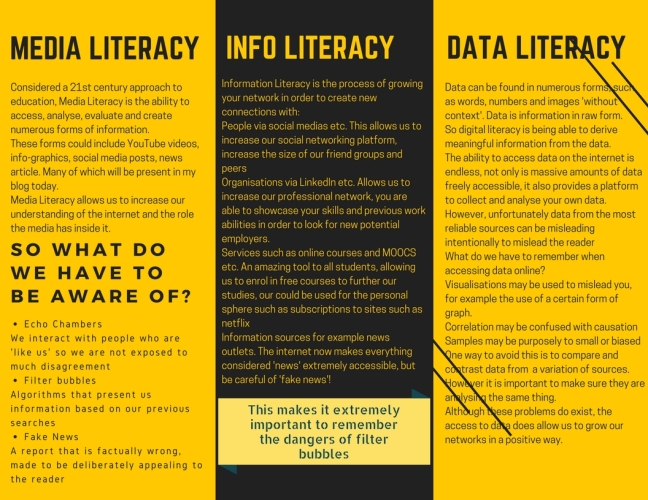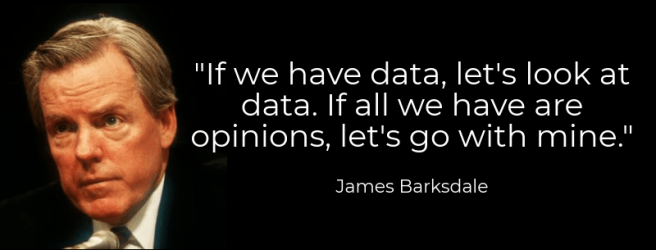
Topic 2: “We are not the arbiters of truth”
In the world of tweets and hashtags, is it surprising that falsified information travels faster and further across the rails of the social network than real news? (Vosoughi, 2018)
The truth is the power of novelty and the emotion churning nature of a fictitious title and fabricated content drives engagements through impressions in the digital sphere (Kantar Millward Brown, 2017). We call it ClickBait.
Take a look at the engagements on the U.S.
Continue reading →


